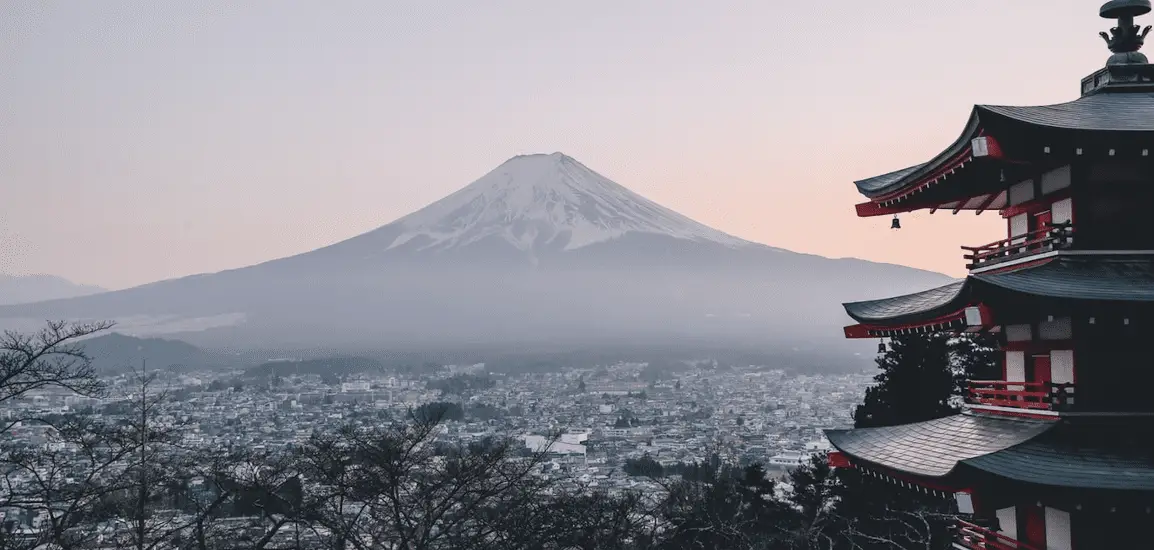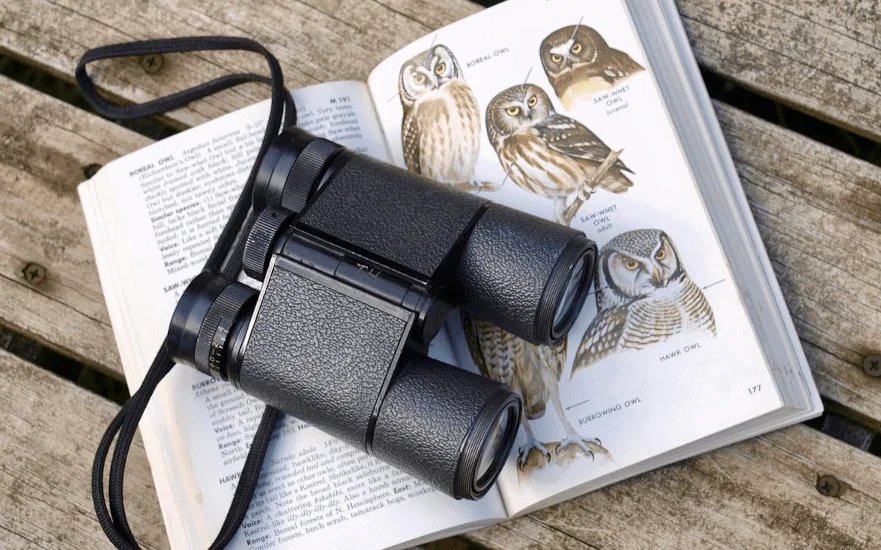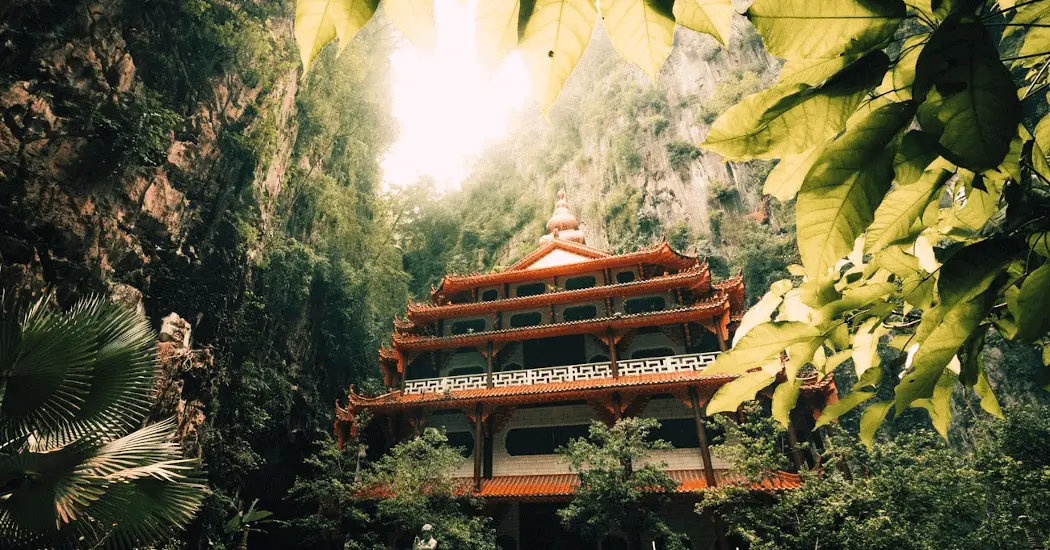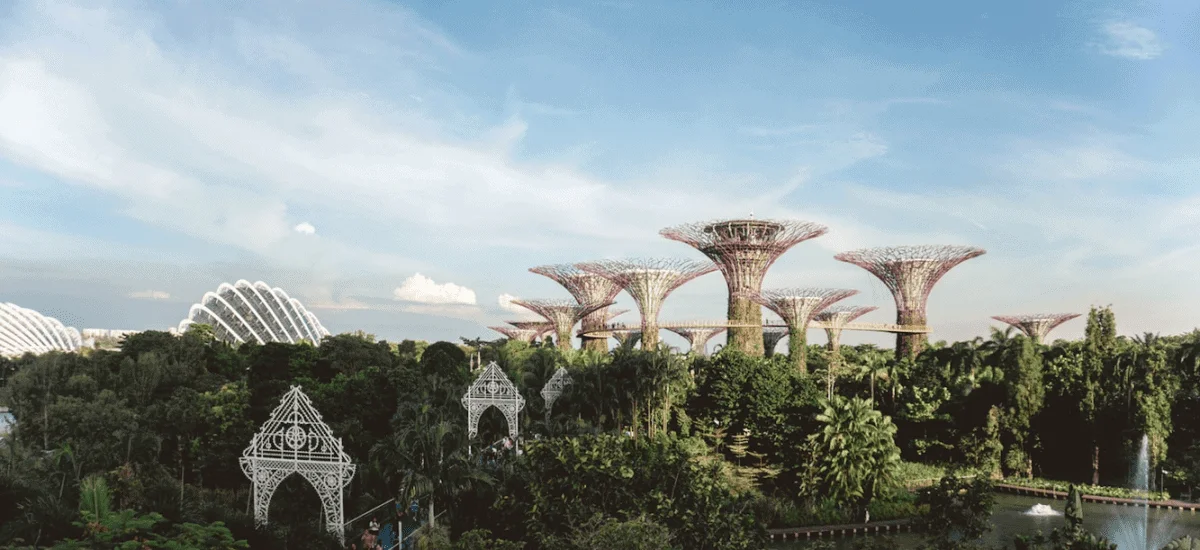
The Land of the Rising Sun is noted for many incredible attractions, but birdwatching may be one of the best reasons to visit the island nation. It’s diverse topography combined with isolated areas makes Japan a great place for birdwatchers to see both native and migratory birds.
Although many areas of Japan have become quite urbanized, such as Tokyo for example. The best places in the country to see a wide variety of birds are in their designated sanctuaries. You can even find some of these sanctuaries in the heart of urban areas such as Tokyo and Osaka. Of course, you’ll find many seabirds along the coastline up and down the island nation. But there are many species that live in the interior as well.
Some of the best bird watching areas in Japan include the following areas.
What is The Best Bird-watching Location in Japan?
1. Hokkaido
The northernmost main island of Japan, Hokkaido is sparsely populated and mostly still in its natural state. This makes it one of the best places in all of Japan to view a wide variety of bird species. For many bird watchers, Hokkaido is the destination.
Location: There are many different places to go, but one that really stands out is the Kushiro marshes. A place for rare and nearly extinct birds, a massive conservation effort has yielded considerable results. This includes the famous red-crowned crane.
Best Time to Visit: Hokkaido can have harsh, even unforgiving weather especially in the winter months. But if there is a time to go, it is in February and March to see the incredible mating dance of the red-crowned crane. The bird most associated with Japan, the mating dance is something to behold.
Bird Species: Aside from the red-crowned crane, there are many different bird species that visit the island during migration season. There are no real standouts, but there are many birds that come from Siberia to spend the winter months in Hokkaido.
2. Izu Islands
Specifically, the islands of Hachijojima and Myakejima, which are located about six and a half hours from Tokyo via ferry transportation. Both islands are flush with many different bird species and the perfect place to settle in for some serious birdwatching.
Locations: There are many great locations with the shore being one of them. However, many of the birds will populate the gardens and forest areas on both islands. You can set up in one place and see many different species of birds.
Best Time to Visit: Most of the birds are native to the islands, so you’ll want to visit during the summer months and avoid monsoon season for the best viewing.
Bird Species: There are many different species, but the ones that many bird watchers will enjoy seeing include the Izu robins and Iijima warblers that populate both islands. Other birds to seeing include the following;
- Pacific Swifts
- Pleske’s Warblers
- White-Throated Needletails
- White Thrushes
With a thirteen-hour round trip from Tokyo, you’ll want to make some overnight accommodations if you want to fully explore the islands.
3. Karuizawa Wild Bird Sanctuary
Located in the Nagano prefecture just to the northeaster of Karuizawa, this bird sanctuary features over 100 hectares of mostly forest where many bird species call their home. The habitat features many tree species that are associated with Japan, including the larch and chestnut which many of the birds call home.
Locations: The entire wild bird sanctuary offers many opportunities to see the wondrous birds, but you would be best in following one of the many paths through the area. The paths will take you to some of the best locations within the park to see the birds.
Best Time to Visit: Anytime of the year is good, but you’ll probably want to visit during the warmer months of the year. Particularly spring and fall as they offer the opportunity to see both native and migratory birds that fly through the region.
Bird Species: There are many different bird species located in the sanctuary, so there is no one species that stands out above the rest. What can be said is that the park makes the perfect day trip to see birds in their natural habitat.
Birds are not the only creatures who fly in the park. There are also flying squirrels that live in the park as well. From May to November, you can take special tours that will bring you closer to these creatures.
4. Shunkunitai Wild Bird Sanctuary
One of the most famous birdwatching sites in Japan, the sanctuary is isolated thanks to being surrounded by water. This means that many different bird species intermingle in this location that is relatively free of human habitation. This is a long, narrow sandbank that features grasslands, marsh, and even forests. The diversity of this location is why over 250 species of birds either live or migrate here.
Locations: You can pick and choose your location within this relatively small area. This is because the sandbank itself is just over a mile long and about a quarter of a mile wide. The best places are along the streams, the bank, and in the forests to see these remarkable birds.
Best Time to Visit: Anytime of the year you’ll find plenty of birds going about their business. However, you’ll want to choose the times of migration such as in the spring and early fall to see the most number of bird species.
Bird Species: You can pretty much name all the birds that either live or migrate through Japan and chances are you can find them here. Some of the more prominent birds include the following;
- Black Woodpeckers
- White-Tailed Eagles
- Red-Crowned Cranes
Be sure to dress appropriate for the season and keep your eye out for the migrating birds which only stay a relatively short time.
5. Tokyo Port Wild Birds Park
As the name implies, the park is located in Tokyo along the harbor area between the central part of the city and Haneda airport. At just 27 hectares, it’s small, but filled with many different bird species.
Locations: Given how small the park is, you cannot go wrong no matter your location inside. However, this is really two small parks with the western side featuring the entrance. You’ll want to set up between the two parks where a specially designed building is located for you to view the birds. It features telescopes and a friendly staff that can answer your questions.
Best Time to Visit: You’ll want to avoid monsoon season and the deep winter months. But otherwise the best time might be the spring during migratory season. However, the sanctuary features many different species of birds the year-round.
Bird Species: A wide variety of bird species live here, but the ones that are arguably the most popular include the Mandarin duck and the Falcated duck which you can find in the park. Other notable bird species include;
- Black Kites
- Japanese Waxwing
- Warbling White-Eye
Japan is a bird watcher’s paradise if you know when to look and where to go. Ideally, you’ll want to go during the dry season and when the birds are migrating for the full effect.
There are many places in Japan reaching from the southernmost islands up to Hokkaido in which there are many bird sanctuaries. For those who are taking a trip to the Land of the Rising Sun, you’ll want to plan accordingly and time your visit so that you can enjoy the beautiful weather and see the many species that live in Japan and migrate from Russia.

More Articles.

Best Binoculars for Bird Watching 2020
Article Summary: Best Budget Binoculars: Nikon 8250 Aculon 16×50 Best Mid-tier Binoculars: Nikon Monarch 5

Best Bird Watching Locations in Malaysia 2020
Situated in southeast Asia, Malaysia is a hot-bed for birdwatching thanks to its parks, forests,

Best Bird Watching Locations in Singapore 2020
Birdwatching is a popular pastime in Singapore thanks to the abundant greenspaces and varieties of

About Us
We are avid bird-watchers who recently retired, allowing us more time to travel the world. Fortunately, we have managed to visit numerous countries around Europe, Asia, and America. Watching and photographing birds has been a passion for many years and we are making the most of the extra time on our hands!
